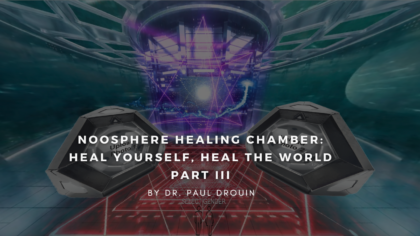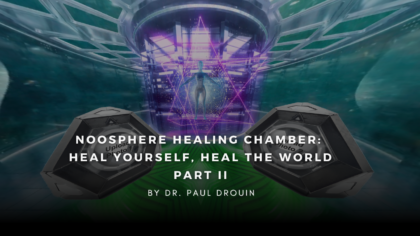Secret Life of a Cell (Part 1)
Follow along as we dive into how our cells work in the body.
Each cell in the human body is specialized to have a specific job and works together with other cells to orchestrate the symphony of unconscious biological processes.
What is a cell? Each cell is specialized to have a specific job in the body, working together with other cells and orchestrating the symphony of unconscious, biological processes.
A cell is like a little person, surrounded by other little cell people, all communicating in an incredibly complex mini society inside you. It’s estimated that the human body is comprised of about 100 trillion cells. Let’s take a look at what a cell is made of.
There are two main types of cells. Prokaryotic and eukaryotic cells. Prokaryotic cells, like bacteria, lack a membrane-bound nucleus and organelles. A eukaryotic cell, on the other hand, is full of tiny structures called organelles, each performing a very specific function within the cell. Eukaryotic cells are present in plants, animal, and fungi cells.
Let’s examine these structures in more detail and see how they function in a eukaryotic animal cell. The cellular membrane is a tiny plasma bilayer that separates the organelles from the environment. The membrane is covered in hundreds of thousands of little receptor proteins that interpret signals from outside the cell and relay the information back into the nucleus.
The cell membrane is also like the battery of the cell. Using a process called the sodium-potassium pump, an enzyme in the cell membrane transports sodium out of the cell while bringing potassium into the cell. This active transfer of electromagnetically charged ions creates a resting voltage across the cell membrane. Inside the cell, a gel-like substance called the cytoplasm is enclosed within the cell membrane that houses all of the organelles. The cytoplasm is about 80% water and usually colorless. Extending through the cytoplasm is the cytoskeleton, a complex network of interlinking filaments and tubules.
The cytoskeleton is what gives the cell shape and can be very different depending on the organism and cell type. The cytoskeleton can contract and change shapes, playing a key role in everything from cellular migration and division to muscle contraction. Microtubules are very important parts of the cytoskeleton.
These highly dynamic polymers made of a protein called tubulin are very important for a number of cellular processes. Microtubules are critical to many cellular functions such as vesicle trafficking and cell division. The cell’s main microtubule organizing center is called the centrosome. This is where microtubules emerge from, as well as the regulator of the cell division cycle. This organizational matrix is where the complex jobs of microtubules are coordinated for cellular processes. Motor proteins bind to microtubules like roadways and use them for vesicle transport. A vesicle is a small fluid sack used for transporting materials within the cytoplasm. Vesicles are the basic tool used by the cell for organizing cellular substances.
They play a key role in metabolism, transport, enzyme storage, and more. Just like the cell wall, a vesicle has a plasma membrane separating the contents within it from the inside of the cell. In the next episode, we’ll discuss more organelles.
























